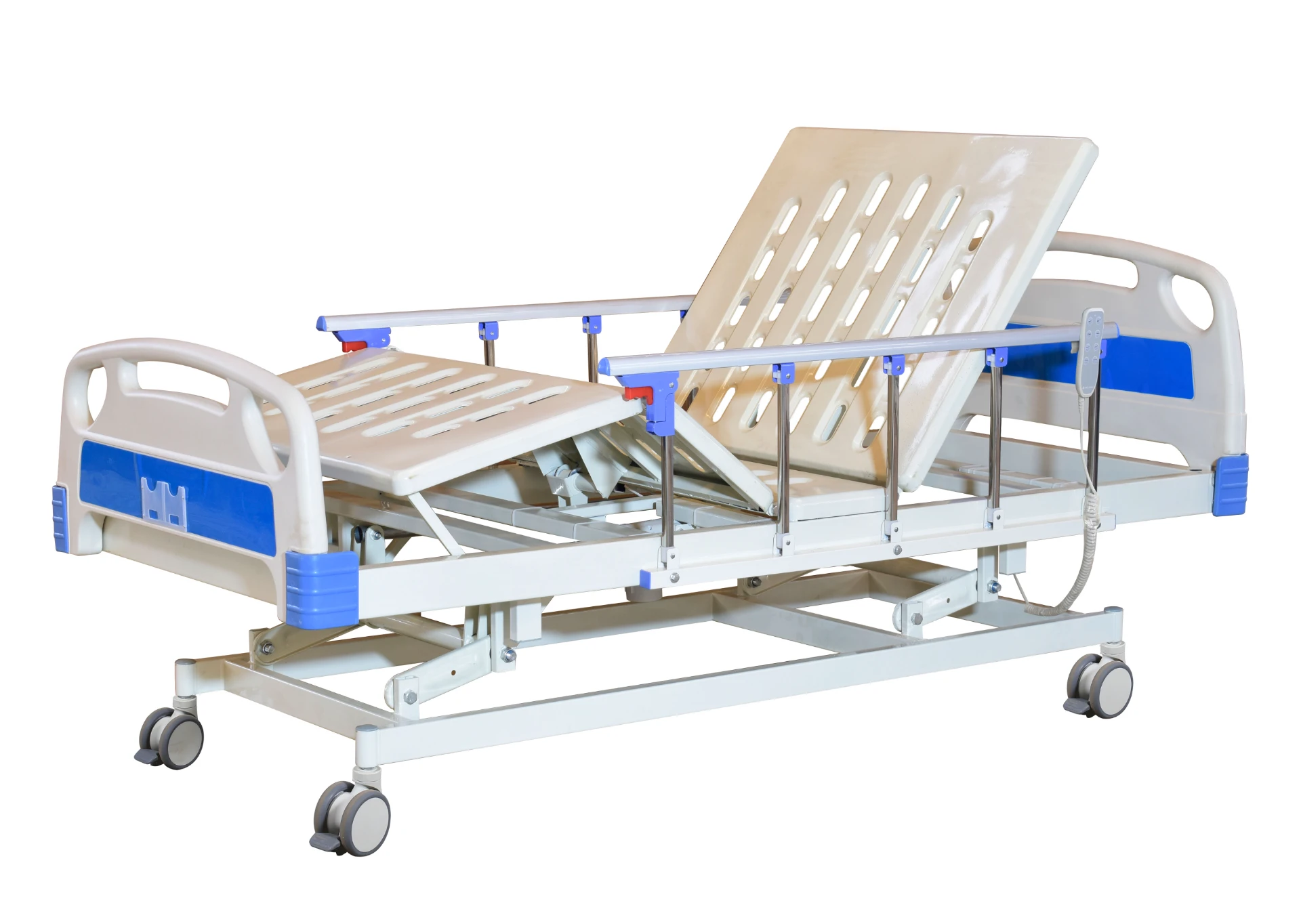Welcome to our websites!
emergency crash cart
Understanding the Importance of Emergency Crash Carts in Healthcare
In the fast-paced environment of healthcare, being prepared for emergencies can mean the difference between life and death. One of the crucial components in such situations is the emergency crash cart. This vital piece of equipment is designed to provide immediate access to essential medications, tools, and supplies needed during a medical crisis, particularly in cases of cardiac arrest or severe trauma.
What is an Emergency Crash Cart?
An emergency crash cart is a wheeled unit that contains a variety of emergency medical supplies. These carts are typically found in hospitals, urgent care clinics, and even some larger outpatient facilities. Standard contents may include medications like epinephrine, atropine, and sodium bicarbonate, as well as equipment such as defibrillators, airway management devices, and intravenous supplies. The cart is organized so that healthcare providers can quickly locate the items they need under stress.
Why Are Crash Carts Critical?
The importance of having well-stocked and well-organized crash carts cannot be overstated. In critical situations, every second counts. The rapid response enabled by a crash cart can significantly improve patient outcomes. When a patient goes into cardiac arrest, for instance, the right medications and equipment must be immediately available to attempt resuscitation. Each moment lost while searching for necessary supplies can lead to irreversible damage or even death.
Moreover, crash carts are not only essential in hospitals but also in other healthcare settings, such as nursing homes or outpatient clinics, where patients may experience sudden medical emergencies. Their presence ensures that medical staff are prepared to respond effectively, regardless of the environment.
Standard Protocols for Crash Cart Use
emergency crash cart

Healthcare organizations typically establish protocols to ensure that crash carts are regularly checked and restocked. Regular checks can help to verify expiry dates on medications and ensure that all necessary supplies are present. Some institutions implement a color-coded system to categorize the contents of the cart, making it easier for medical personnel to find what they need quickly. Additionally, nurses and doctors are trained on how to use the carts, focusing on efficient and effective response during emergencies.
Recent Innovations and Trends
Recent innovations have also improved the functionality of emergency crash carts. Technologies such as RFID (Radio-Frequency Identification) systems can track the inventory of the cart, alerting staff when supplies are running low or when items need to be replenished. Other advancements have introduced digital logs that allow quick access to patient histories and previous cardiac arrest incidents, which can guide treatment protocols in real-time.
Moreover, some crash carts are now equipped with advanced monitoring equipment. This technology can provide vital information to healthcare professionals regarding the patient’s condition while simultaneously administering life-saving measures. The integration of technology into emergency responses continues to evolve, reflecting the growing need for speed and accuracy in healthcare.
The Future of Emergency Preparedness
As the healthcare landscape continues to change, the role of emergency crash carts will likely expand. With a greater emphasis on preparedness and rapid response, future developments may include personalized crash carts tailored to specific patient needs or procedures, further minimizing response times in emergencies.
In conclusion, emergency crash carts are an indispensable element of healthcare readiness. They serve as a lifeline during critical situations, ensuring that healthcare providers have immediate access to necessary emergency supplies and medications. The ongoing commitment to improving crash cart inventory management and technological integration will only enhance their efficacy, ultimately saving lives in situations where every second counts. The presence of well-equipped crash carts in healthcare facilities underscores the importance of being prepared and the vital role that quick, effective action plays in emergencies.
-
Transforming Healthcare with Hospital FurnitureNewsJun.24,2025
-
Rehabilitation EquipmentNewsJun.24,2025
-
Mobility and Independence with WheelchairsNewsJun.24,2025
-
Freedom of Mobility with Our Rollator WalkersNewsJun.24,2025
-
Comfort and Independence with Commode ChairsNewsJun.24,2025
-
Bathing Safety and Independence with Shower ChairsNewsJun.24,2025
-
Navigating the Wholesale Landscape of Electric Mobility Solutions: Key Considerations for Power Wheelchair DealersNewsJun.10,2025











